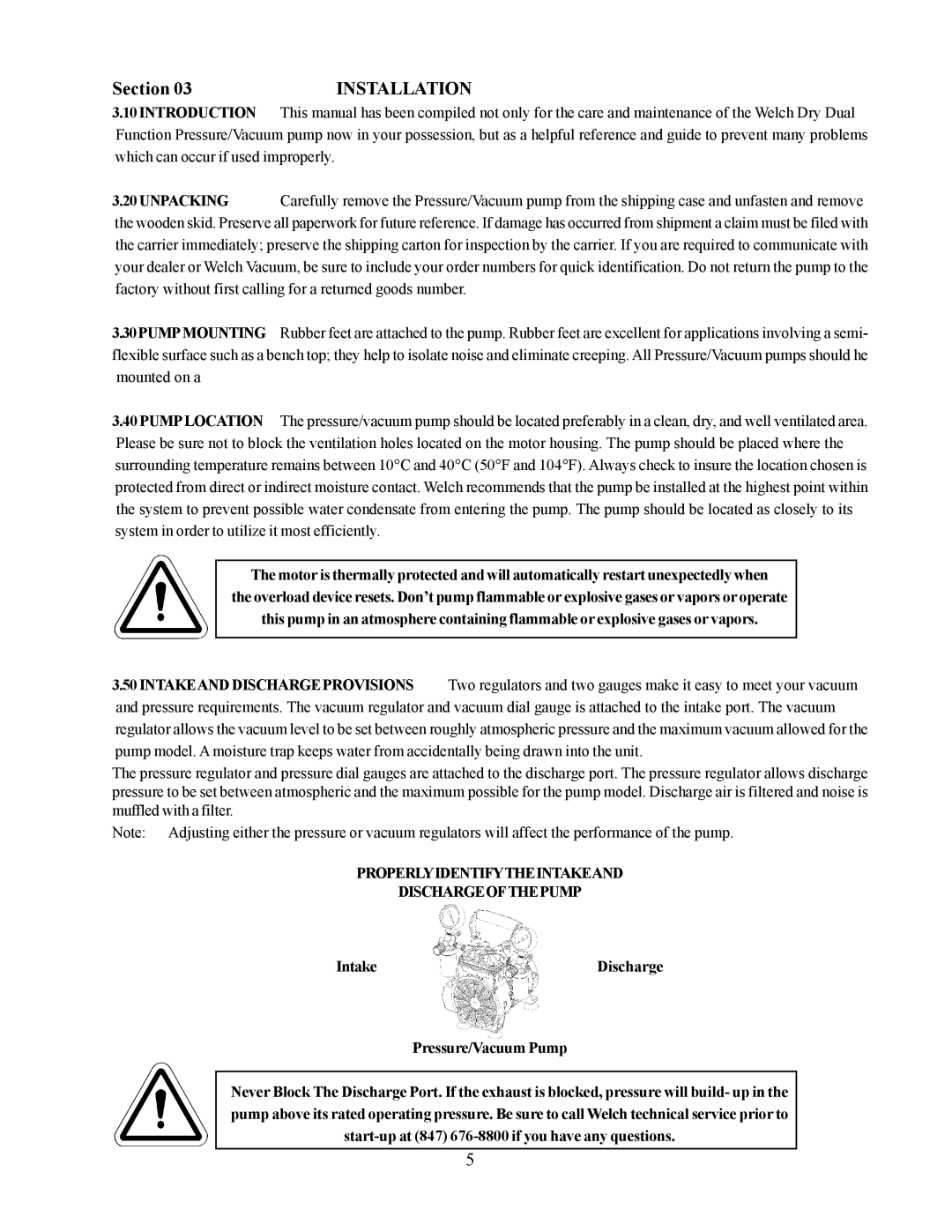2546, 2534C-02 specifications
Fisher & Paykel has long been recognized for its innovative kitchen appliances, and the 2534C-02 and 2546 models are excellent examples of this tradition. Designed with precision and an understanding of contemporary cooking needs, these appliances promise to enhance any culinary experience.The Fisher & Paykel 2534C-02 is a freestanding gas cooker that features a sleek and modern design, making it an attractive addition to any kitchen. It offers a generous cooking capacity with four powerful burners, providing versatility for various cooking tasks, from boiling to sautéing. The burners are equipped with a high-performance design to ensure even heat distribution, allowing chefs to achieve consistent cooking results. One of the main highlights of this model is its intuitive interface, which makes it easy to control temperature settings precisely.
In contrast, the Fisher & Paykel 2546 is an advanced double oven model that caters to both convenience and efficiency. It features a spacious interior, allowing users to cook multiple dishes simultaneously, which is perfect for family gatherings or entertaining guests. The ovens are designed with Smart Oven technology, which includes precise temperature control and a variety of cooking modes, such as baking, roasting, and broiling. This technology ensures even cooking results, eliminating the guesswork often associated with traditional ovens.
Both models emphasize energy efficiency and sustainability, incorporating features designed to minimize energy consumption without compromising performance. The exterior is crafted from durable materials, providing a stylish yet functional aesthetic that complements modern kitchen décor.
Another attractive feature of the Fisher & Paykel 2534C-02 and 2546 is their easy-clean design. The surfaces are engineered to resist smudges and stains, making maintenance a breeze. In addition, the interiors of the ovens boast self-cleaning capabilities, allowing users to spend less time scrubbing and more time enjoying their culinary creations.
In conclusion, Fisher & Paykel's 2534C-02 and 2546 models combine functionality, innovative technology, and aesthetic appeal. They cater to a wide range of cooking needs, making them suitable for both amateur cooks and seasoned chefs alike. With their commitment to quality and performance, Fisher & Paykel continues to set the standard in modern kitchen appliance design.

